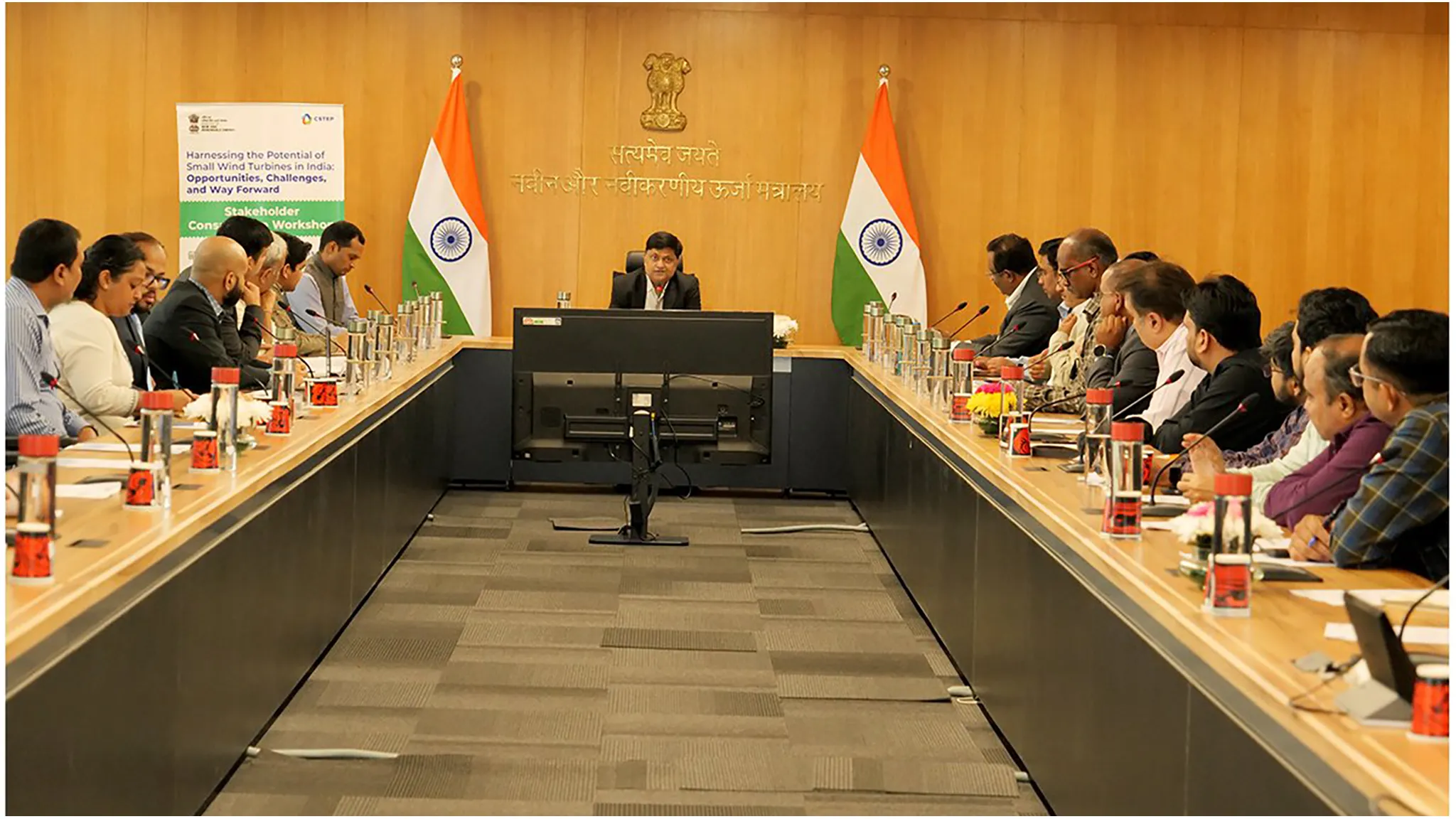Indian stock markets are currently experiencing a phase of correction, a reality that has become increasingly apparent. Despite a brief surge following Donald Trump’s US presidential election victory, the overall trend for Indian equities has been downwards, driven by consistent selling pressure. Key indices like the Nifty 50 and BSE Sensex have seen declines of 8-10 percent from their September peaks, signalling a significant shift in market sentiment. Source
Stock Market Feels the Chill
Several factors are contributing to this market downturn. A primary concern is the slowing pace of domestic economic growth, coupled with persistently high inflation. This macroeconomic backdrop is directly impacting corporate India, with a noticeable deceleration in earnings growth. While the first quarter of FY25 saw flat earnings growth, attributed to elections and heatwaves, the second quarter appears to be marked by widespread earnings misses.
Research reports from firms like Sanford Bernstein and Motilal Oswal Financial Services corroborate this trend, highlighting a secular earnings miss across sectors, barring banking and IT. Bernstein’s report, India Strategy: Let’s acknowledge the slowdown, points out that nearly half of NSE100 companies have reported earnings misses exceeding 4 percent in Q2 FY25, the highest since March 2020. Motilal Oswal notes an 8 percent year-on-year decline in earnings growth for the companies under its coverage, the lowest in 17 quarters. Source
Earnings Reality Bites
Equity markets are forward-looking, driven by expectations of future growth. India’s status as the world’s fastest-growing economy has fuelled market optimism. However, the crucial question is whether the hope of a strong earnings rebound in the second half of FY25 is fading. Bernstein’s report suggests that this expectation has placed significant pressure on H2 FY25 performance. As investors confront the reality of missed earnings and a broader economic slowdown, market corrections are underway, leading to a decrease in valuations. The Nifty 50’s one-year forward PE ratio has dropped from 23 to 20, and the Nifty 100’s from 25 to 21 since September-end.
Green Projects Need a Push
While the market grapples with these immediate concerns, another critical area requiring attention is the green industry. Globally, a substantial pipeline of green industrial projects exists, but a significant number are stalled, awaiting investment and policy support. A recent open letter from 40 business and finance leaders highlights that insufficient demand for green products is a major bottleneck. Nearly 700 projects across sectors like aluminium, cement, chemicals, steel, aviation, and shipping are in the pipeline, yet less than 20 percent are operational or have secured funding. A lack of demand for green alternatives, often pricier than their carbon-intensive counterparts, discourages long-term investment.
Policy Holds the Key
The letter urges governments to implement policies that stimulate demand for green products. Measures such as carbon pricing, mandatory quotas for low-carbon fuels and materials, and stringent product and building standards are crucial. Emerging economies like India, with initiatives like the National Green Hydrogen Mission, demonstrate the potential for growth in the green sector through supportive policies. These policies can unlock up to $1 trillion in investment and bring over 500 green industrial plants to fruition by 2030, aligning with global decarbonisation goals and fostering sustainable growth.
What should businesses and governments focus on now? For businesses, exploring and advocating for supportive policy frameworks is crucial. For governments, decisive policy action to create demand for green products is essential to unlock investments and ensure long-term sustainable growth, both for the economy and the environment.
Image Courtesy: X (Ministry of New and Renewable Energy)










Leave a Reply